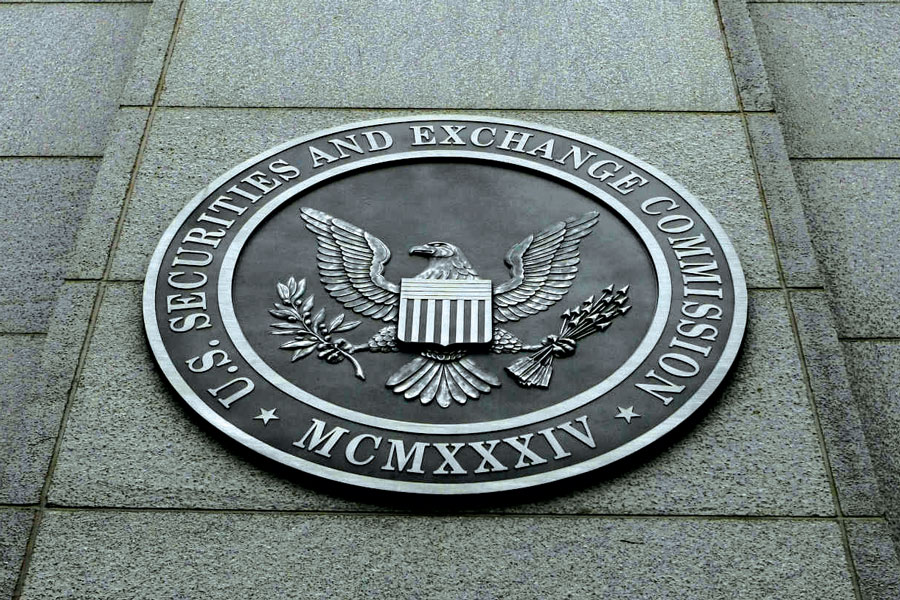Four new types of exchange-traded funds that allow money managers to hide their holdings have been approved by U.S. regulators.
T. Rowe Price, Fidelity, Natixis and Blue Tractor won permission from the Securities and Exchange Commission to create ETFs that disclose their holdings once a quarter, rather than every day like conventional ETFs. The watchdog
indicated in November that it was inclined to approve the applications.
It's a huge boon for active money managers who've watched trillions of dollars flow out of mutual funds and into ETFs over the last decade. Many proved slow to start their own ETFs, fearing the transparency that they traditionally require would reveal strategies and expose them to front-running. Almost all the $4.2 trillion U.S. ETF market is passively managed as a result.
But that could be about to change. The four latest approvals join another structure —
from Precidian Investments — that got the nod earlier this year.
[Recommended video: 6 reasons advisers should learn about ESG and impact investing]
"The SEC's announcement today is a huge milestone for the ETF industry," Fidelity's Greg Friedman, head of ETF management and strategy, said in an emailed statement. The firm will allow other issuers to license its structure to create their own funds, he said.
The regulator's blessing sets up a new battle for active managers — persuading investors that their model is better than their rivals' structures, as well as transparent ETFs.
The four models that were approved this week will all use a so-called proxy basket, meaning they will publish some information about their portfolios every day. This will help market makers price their funds, without revealing their entire portfolio.
[More: Who benefits the most from nontransparent ETFs?]
The Precidian approach is different; funds that use its structure will publish an indicative value every second to help traders make a price.
Cboe Global Markets Inc. is seeking permission from the SEC for a rule change that would allow it to list two ETFs from American Century that would be the first of these funds. Meanwhile, Invesco Ltd. is asking the regulator to approve its own structure.
But some analysts have expressed skepticism that any of these models will appeal to investors.
"Despite their high hopes and deep pockets, most of these 'ANTs' will struggle to eat in the ETF jungle," said Eric Balchunas, an ETF analyst at Bloomberg Intelligence, referring to active non-transparent ETFs. "There just isn't much natural demand right now for humans picking stocks."







